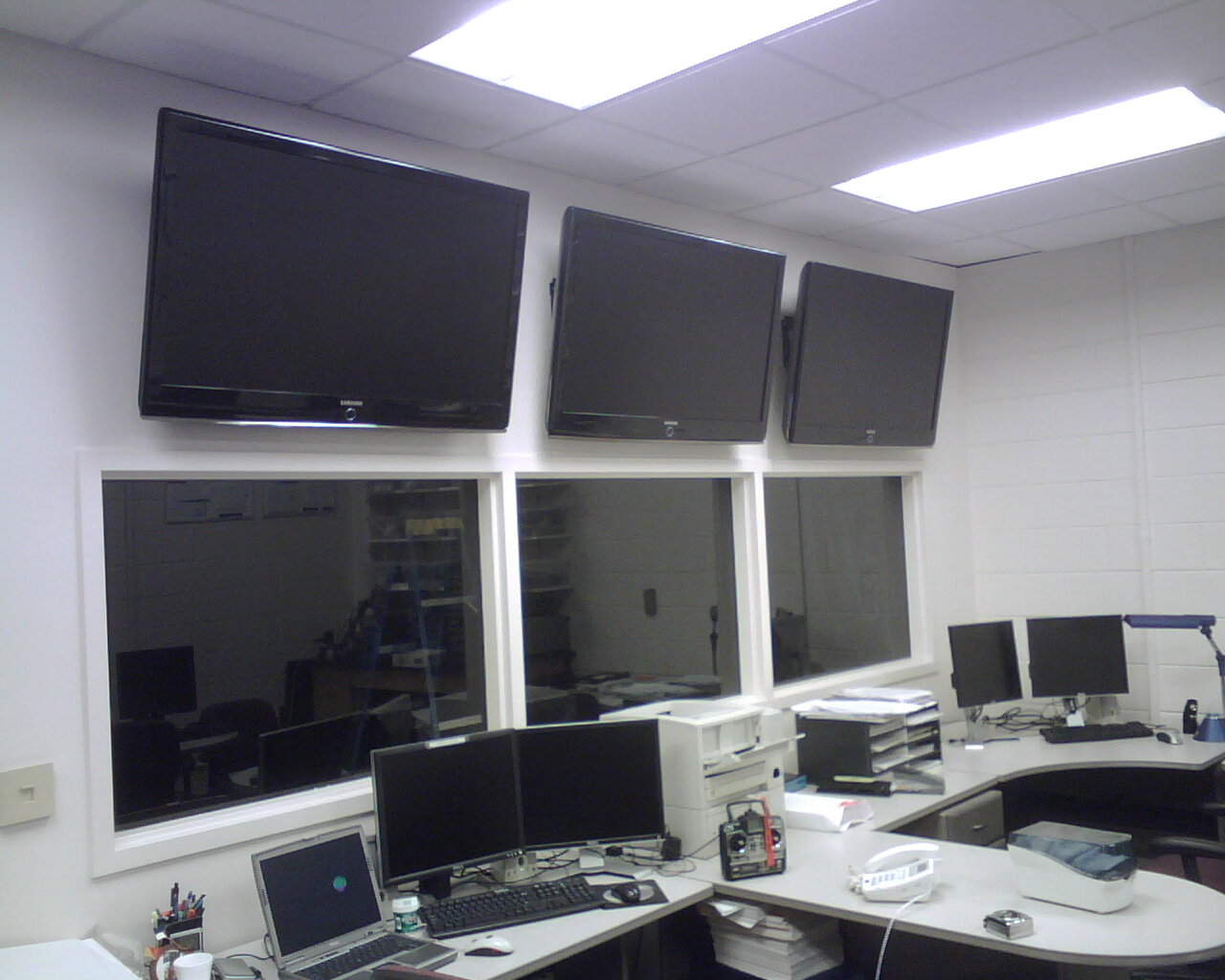A 5-dof Experimental Facility for Autonomous Rendezvous and Docking
An extensive modification of the existing 3-DOF integrated attitude control simulator (IACS) air-bearing facility at the School of Aerospace Engineering at the Georgia Institute of Technology will allow the support of experiments in the area of vision-based autonomous rendezvous and docking for servicing and refueling of spacecraft. The current facility at Georgia Tech consists of a hemi-spherical air bearing, and can support experiments for attitude control of spacecraft with three rotational degrees of freedom: +-30 deg about the x and y axes (horizontal) and +-360 deg about the z axis (vertical). Four Variable Speed Control Moment Gyros (VSCMGs) and eight dry nitrogen thrusters are used as actuators. The sensor suite consists of a three-axis rate gyro, a two-axis sun sensor, and a three-axis magnetometer. Translational motion of the platform will be possible via the addition of a linear air bearing, allowing the whole platform to float on a thin cushion of compressed air. After the completion of the planned modifications, the Georgia Tech ARD facility will be able to support realistic experiments for validating algorithms for on-orbit proximity operations, including novel autonomous rendezvous and docking (ARD) scenarios. Autonomous proximity operations, including the capability for timely, on-demand, on-orbit servicing and refueling of space assets, are deemed as an enabling factor advancing the current civilian and military capabilities in terms of information gathering, space asset upgrading and maintenance
Sponsors
This project has been made possible via an AFOSR DURIP award.
Selected Publications
- Cho, D., Jung, D. and Tsiotras, P., "A 5-dof Experimental Platform for Spacecraft Rendezvous and Docking,'' Infotech at Aerospace Conference, Seattle, WA, April 6-9, 2009, AIAA Paper 2009-1869.
- Tsiotras, P., "A 5dof Experimental Platform for Research in Spacecraft Proximity Operations,'' AAS Guidance and Control Conference, Breckenridge, CO, Jan. 31-Feb. 5, 2014, AAS Paper 2014-114.








